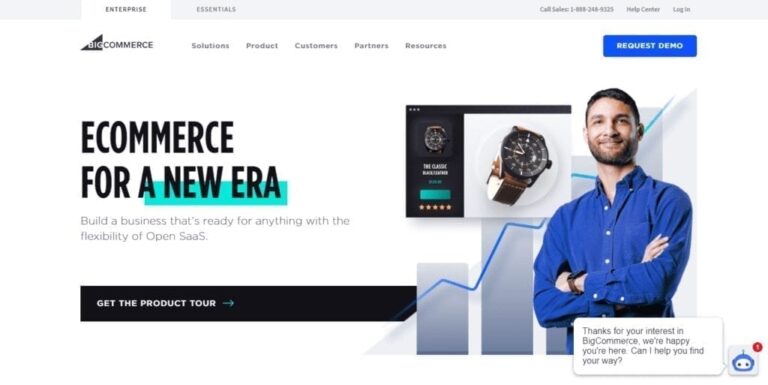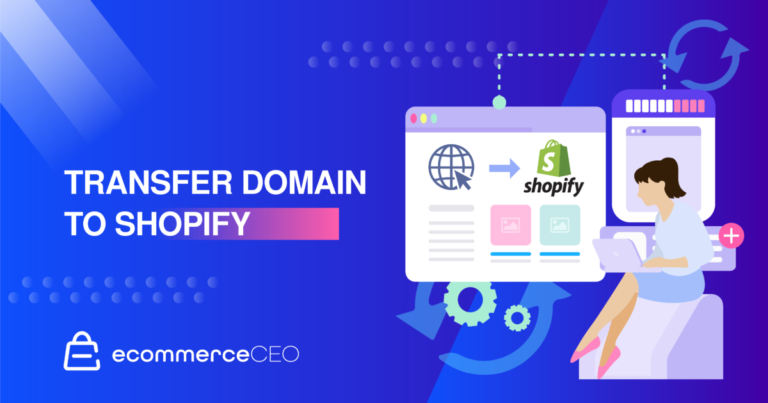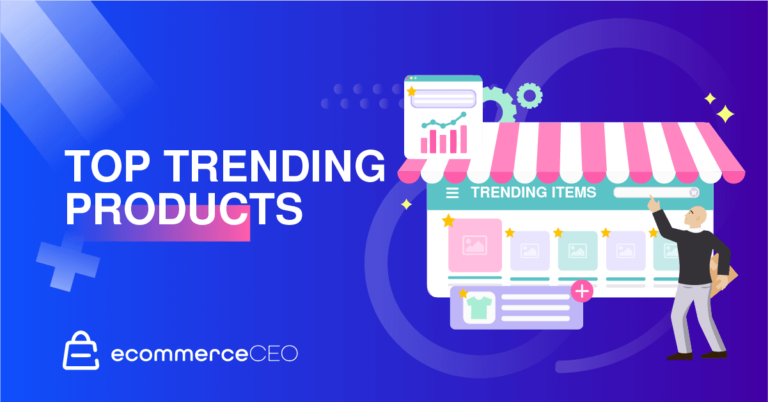
- Posted on
- • September 5, 2018

Shoppers love the convenience of online ordering. Instead of trekking around town, packages arrive magically on their doorsteps. Amazon Prime has set the benchmark with free shipping for delivery in two days. It’s proven to be a successful formula, but it’s not what all of your customers demand – or even want.
What do customers want? Timing options, pricing transparency, and easy communication.
What do merchants like you want? Fair pricing, repeat customers, and easy management. It’s all possible when shipping is integrated into your ecommerce platform. Let’s start with what your customers want.
Timing Options
While two days has become the benchmark, sometimes customers want it immediately. It could be a gift for an (almost) forgotten birthday. A part for a key business machine. Materials for a business presentation. Offering overnight shipping can make the difference between getting a sale and losing it. But in other cases, particularly with heavy items or stock replacement, time is less critical. A week or even a few weeks may be fine – as long as the customer knows what to expect. They know they’re likely to save money if they’re willing to wait.
Pricing Transparency
Customers want to see the total cost of shipping and handling while the items are in their basket. If you assess a handling charge, consider breaking it out as clearly as possible. (It may encourage customers to buy more now to save on future handling charges.) Make sure they can see what the various options are early in the process and they’ll be more likely to complete the transaction. Surprise costs at checkout is a major contributor to shopping cart abandonment.
Communication
When is it coming? Reduce their contact with your customer service department by sending sale confirmation with the tracking number, when to expect the package, and how to follow up with the shipper.
Next, let’s talk about what you want – and how to ensure you get it.
Fair Pricing
If you don’t have enough margin to offer free shipping on every product, keep track of your loss leaders to make sure your business can afford to lose the money – and that the sales are worth it. You may be better off limiting two-day free shipping to a member program (like Amazon Prime) for your best customers, orders over a certain set amount, or under a certain weight. Don’t lose money where you don’t have to.
Repeat Customers
Don’t try to pad in lots of extra costs for shipping and handling. At best, customers may buy once if they’re desperate for an item, but not again. At worst, they could see high prices as a scam. Be fair and honest.
Easy Management
Shipping can be a complicated aspect of managing an online business. There is freight shipping, weight-based shipping, and international shipping, to name just a few. Manually managing your store’s complex shipping tables is time-consuming and inaccurate—often to the tune of thousands of dollars of lost revenue each year. Integration with your shipping provider(s) offers cost-saving efficiencies and accuracy.
Shipping integration is the solution for keeping your customers happy and you profitable.
What is a shipping integration? API keys allow you to integrate USPS, UPS, FedEx and shipping automation providers into the backend of your ecommerce store. Often times shipping services will charge a one-time setup charge to implement, and then a per use fee. However, consider it as an investment to your company. Modern shipping integrations for ecommerce stores allow businesses to get shipping rates, create shipping labels, and track packages in one single place.
With a robust ecommerce platform like Miva, you have a lot of options for shipping settings, including handling charges, quantity-based shipping, weight-based shipping, and location-based shipping. Visit our Technology Partners page to learn more about Miva’s shipping integrations.
The holidays are only a few months away. Make sure your system is ready for the busiest season of the year. Click here to read more about making your online store holiday-ready.
Ready to consider moving to a more robust ecommerce platform? Contact a Miva Solutions Architect today.

About The Author
Elisa Williams
Elisa Williams is a journalist and communications strategist who combines storytelling with solid research and analysis. A contributing author to the Miva Blog, Elisa has written for a wide array of consumer, business and technology publications, including Newsweek, Real Simple, Computer Life and Inc. Her marketing and content development work includes supporting technology companies that specialize in ecommerce, financial services and big data.






